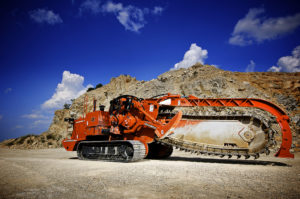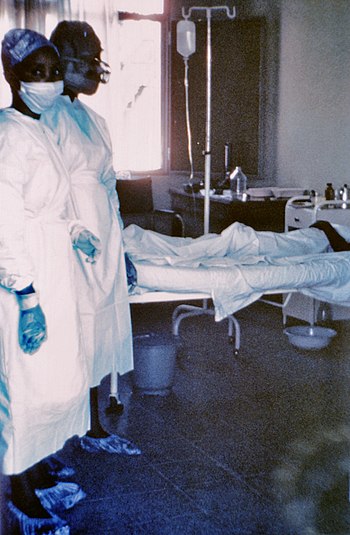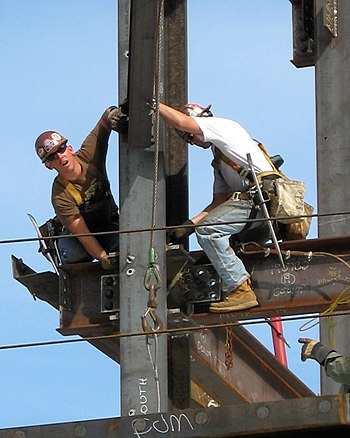
On Thursday, February 1, 2018, in Frisco, Texas, a 46-year-old construction worker became entrapped in a trench digging machine. One of his legs had to be amputated at the construction site, to release him. The worker, Francisco Palma, was in critical condition after the procedure, and he was transported to Medical City Plano, where he was placed in the Intensive Care Unit. In response to tremendous population growth and construction throughout the area, emergency medical teams had prepared for the possibility of an emergency amputation. It is believed that those preparations may have saved Palma’s life. The U.S. Department of Labor’s Occupational Health and Safety Administration visited the site, which is standard procedure after a workplace fatality or a serious accident. An investigation has been underway to determine whether the employer had followed safety guidelines designed to provide a safe workplace environment.
When the construction accident occurred, the trenching equipment caught Palma’s pant leg and flipped him over. The teeth of the equipment are like huge chainsaws. The construction worker’s leg was nearly severed, and he dangled from the equipment until the amputation procedure could be done. Firefighters with the Frisco Fire Department arrived on the accident scene within five minutes, but they were unable to free Palma from the equipment. They quickly surmised that his leg would have to be amputated right there, in the midst of the dirt.
A trauma surgeon was summoned, and surgeon Al West arrived at the scene by helicopter about 40 minutes after the accident occurred. Firefighters began administering blood that the surgeon brought with him, and other firefighters held Palma’s body so he wouldn’t fall. The amputation was completed within 10 minutes. West said that if the local area hadn’t been equipped to perform the emergency amputation, Palma may have bled to death, while waiting for the needed surgery.
During Palma’s continued recovery, doctors are working hard to prevent infection, since dirt was ground into his wounds. His remaining leg suffered injuries, but it is believed that he will be able to put weight on it after three months or more.
–Guest Contributor













